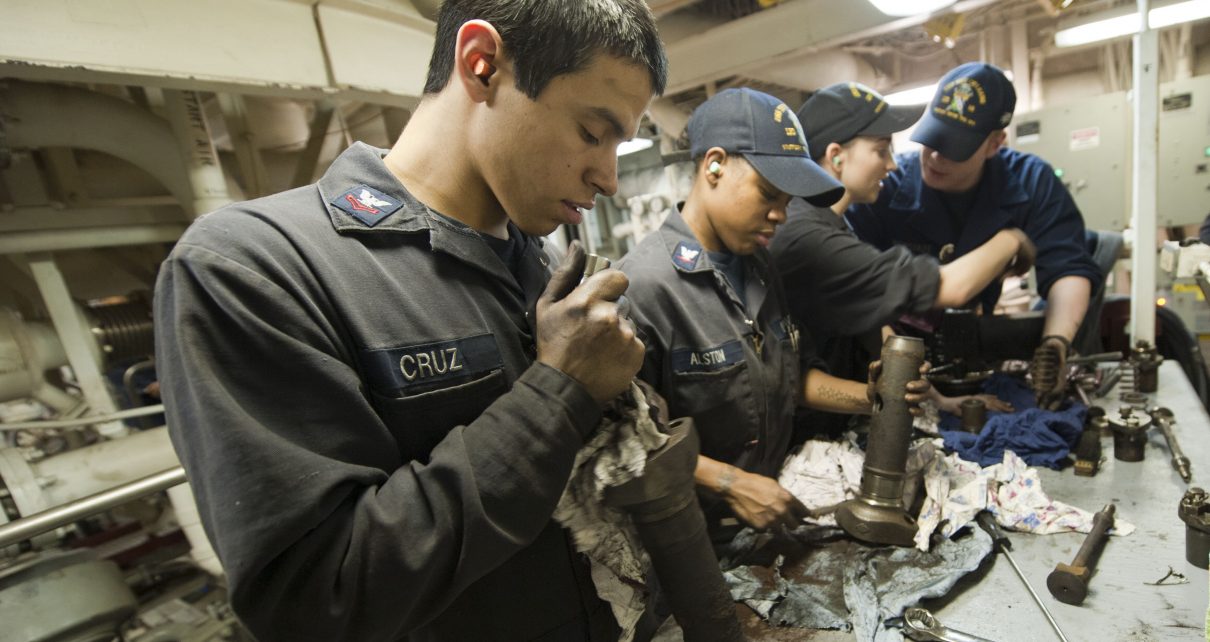An Engineman is an enlisted sailor in the U.S. Navy who plays a crucial role in the operation, maintenance, and servicing of internal combustion engines found on Navy ships and small watercraft.
Usually, these engines are diesel engines.
Enginemen ensure these engines are in prime working condition, ready to withstand the rigors of naval operations.
ENs also maintain and repair any air conditioning and refrigeration systems, desalinization plants, air compressors, or boilers onboard Navy vessels. Enginemen are usually assigned to the maintenance of ship propulsion systems and their components.
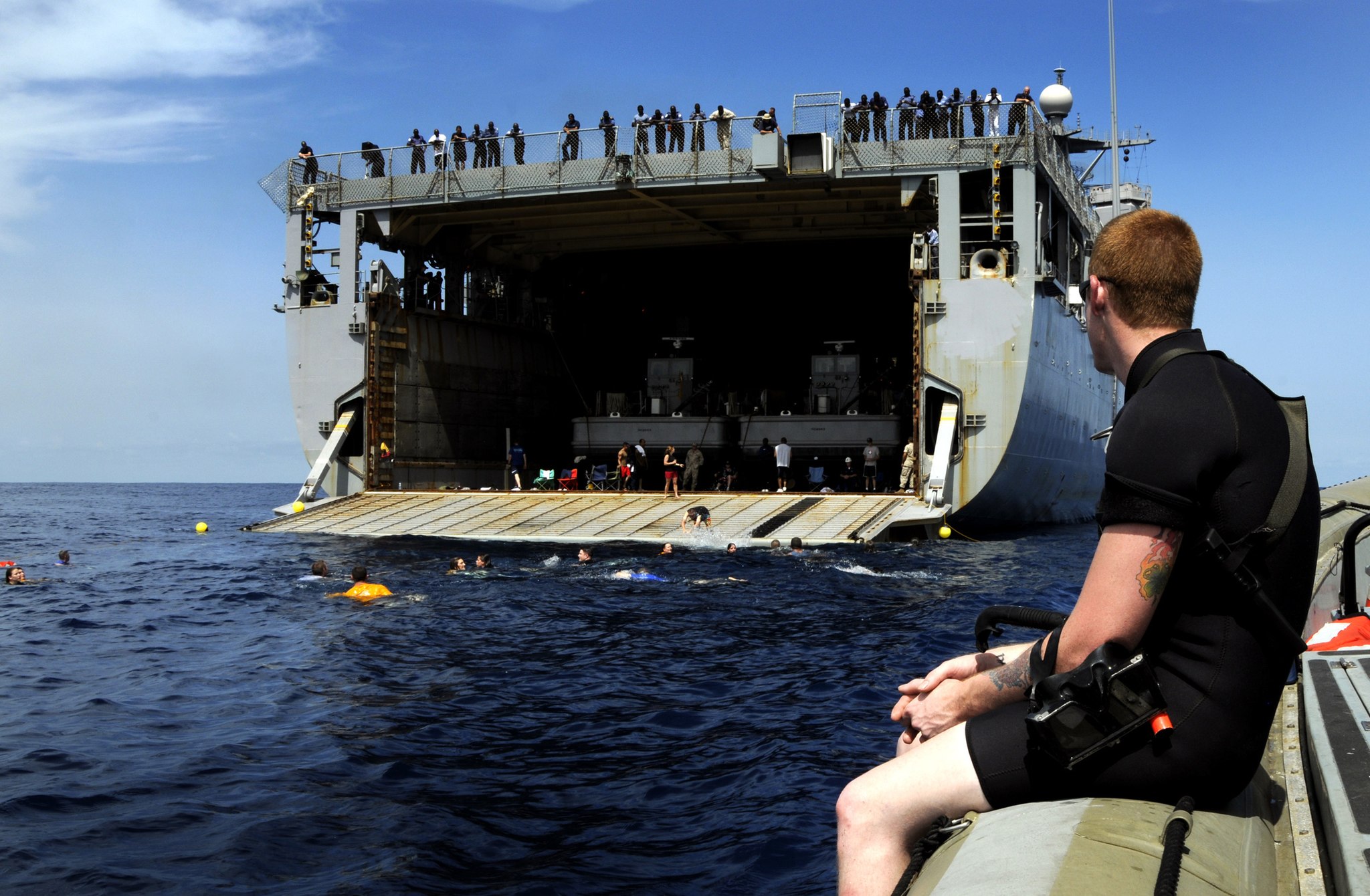
Related Article – Navy Jobs List: A List Of All 89 Ratings In The Navy in 2023
They possess the expertise to diagnose and repair any issues that may arise during deployment, ensuring the Navy’s fleet remains mission-ready at all times.
Their dedication and skillset are vital to the Navy’s success in maintaining a strong and dependable maritime presence.
Enginemen are sometimes called “snipes.” This originally derogatory term was used by sailors who worked topside and looked down on those in the often grimy, greasy, dirty bowels of the ship.
But today, ENs take pride in the term snipe and refer to themselves as “the men who sail below.”
Other Engineering Navy ratings in the “Snipe” category are Hull Technicians (HT), Damage Controlmen (DC), Electrician’s Mates (EM), Machinist’s Mates (EM), and Gas Turbine Systems Technicians (GSM).
Approximately 5,500 Enginemen serve in the Navy today.
Jump To A Section
Requirements and Qualifications
To become an Engineman in today’s Navy, there are specific requirements and qualifications to meet:
- Must be a U.S. citizen and eligible for a security clearance
- Must be between the ages of 18 and 41.
- Must have a high school diploma or its equivalent
- Must have normal hearing.
- Must have an Armed Forces Vocational Aptitude Battery (ASVAB) score of VE (Verbal Expression) + AR (Arithmetic Reasoning) + MK (Math Knowledge) + AS (Auto Shop) = 188 or VE (Verbal Expression) + AR (Arithmetic Reasoning) + MK (Math Knowledge) + AO (Assembly Objects) = 193.
Related Article: Navy Height And Weight Standards
Training and Career Path
Prior to becoming an Engineman in the Navy, you must first become a Sailor. Recruits accomplish this via successful completion of Navy Recruit Training, commonly referred to as Boot Camp.
All sailors attend Boot Camp at the Recruit Training Command, Great Lakes (RTC Great Lakes).
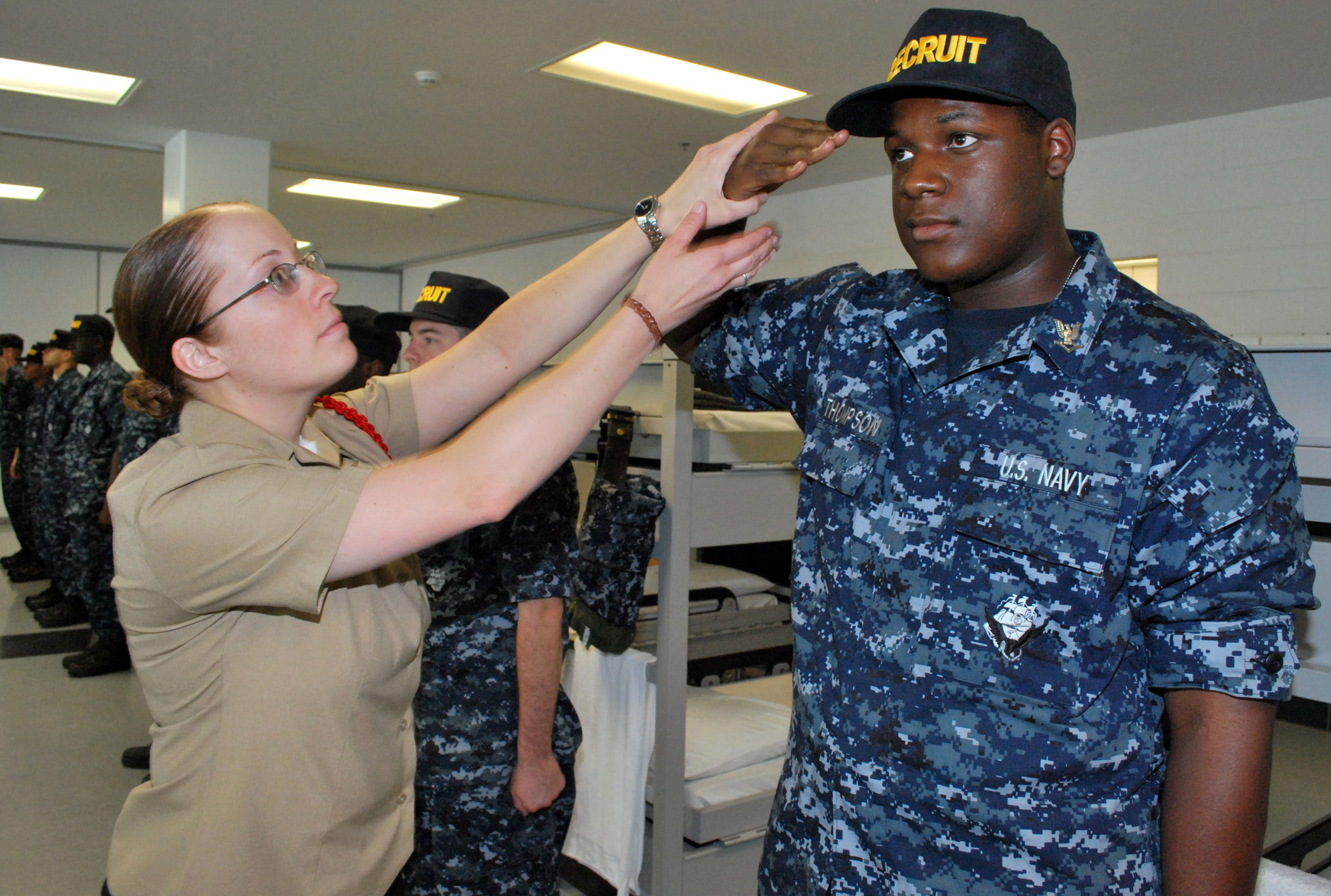
Located at Naval Station Great Lakes in North Chicago, Illinois, in Lake County. RTC Great Lakes is commonly referred to as “The Quarterdeck of the Navy.”
Boot Camp is 10 weeks long. During these 10 weeks, the Navy will teach you the basic skills required of all US Sailors.
Related Article – Is Navy Boot Camp Hard?
Navy Engineman Class “A” School
After Boot Camp, future ENs attend Navy Engineman (EN) Class “A” School, which is also at Naval Station Great Lakes, Illinois.
Engineman Navy A School comprises both classroom and hands-on training. In “A” school, ENs first take the Basic Engineering Common Core course of study.
This class is 14 weeks in length and covers the fundamentals of:
- Mechanical theory
- Technical documentation
- Tools and instruments
- Piping systems
- Mechanical systems
- Safety precautions,
- The Maintenance Material Management system (3M)
- Basics of Marine Steam Propulsion
The EN rating requires a 24- or 48-month service obligation.
ENs also find opportunities to expand on their engineering skills and can pursue warfare qualifications such as:
- ESWS (Enlisted Surface Warfare Specialist)
- Submarine Warfare (SSW) – Enlisted
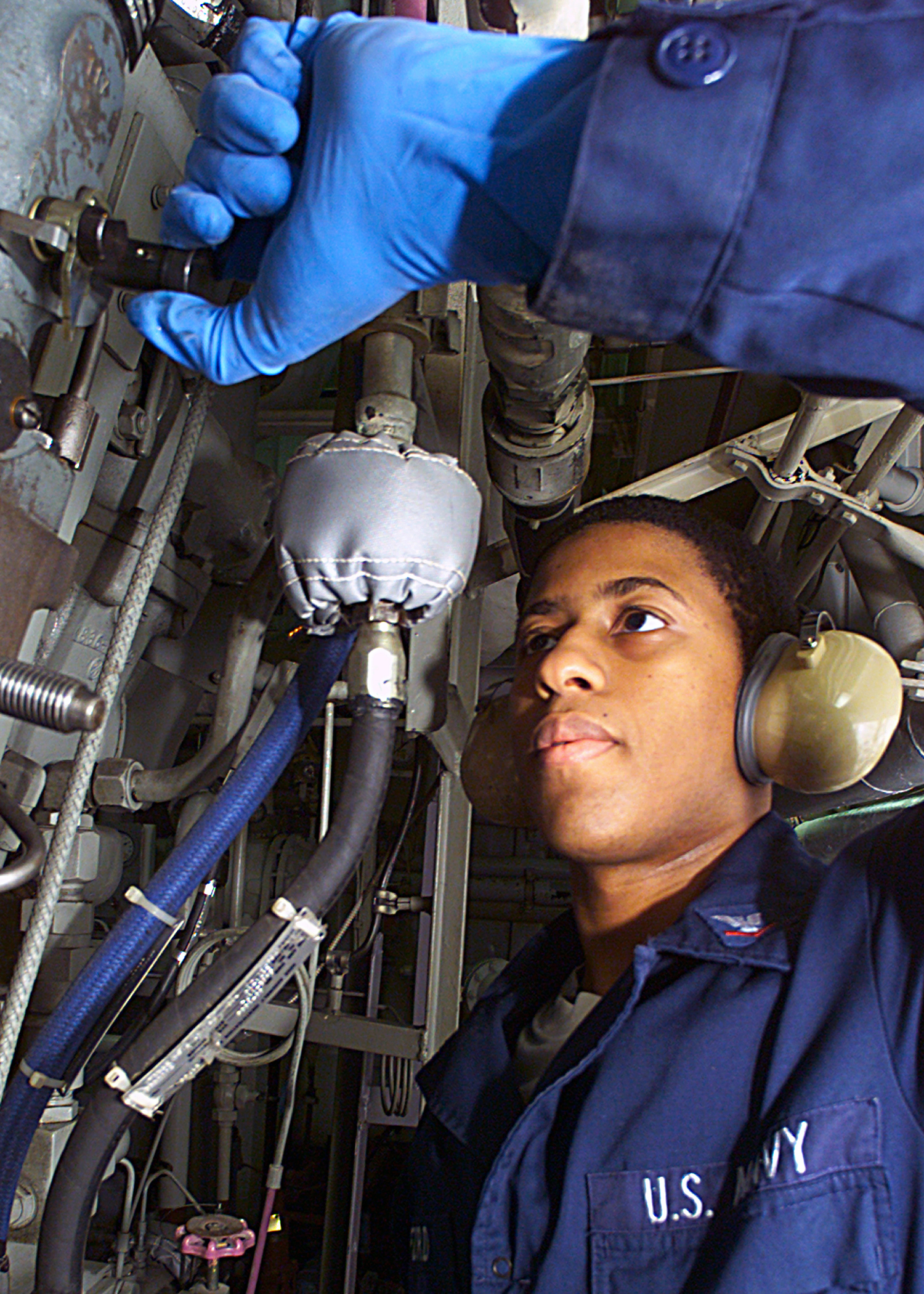
The Navy provides online training to qualified ENs through their Credentialing Opportunities On-Line website, referred to as Navy COOL.
Additional training, such as Engineman Class “C” schools are available to ENs as their Navy career progresses.
How Much Are Navy Engineman Paid?
Like the other Armed Services, the Navy bases a sailor’s pay on their rank and length of service.
The Navy also provides other forms of compensation including housing and meals.
Those authorized to live off-base receive Basic Allowance for Housing (BAH). This amount varies depending on your duty station and family status. It can range from $740 to $5,500 extra in your bank account.
Those authorized to live off-base also receive Basic Allowance for Subsistence (BAS) and billet pay (sea pay, submarine pay, hazardous duty pay, etc.) if eligible.
Related Article: Navy Ranks And Pay For 2023
The Navy has a reenlistment bonus program designed to reward Sailors in specific ratings with cash incentives. EN is one of those ratings.
What’s Life Like as a Navy Engineman?
The Navy’s Rating Information Card describes the EN rate as:
“Engineman operate and maintain diesel engines and reduction gears used for ship propulsion and auxiliary machinery such as diesel generators, pumps, and oil purifiers. They also maintain auxiliary machinery outside of main machinery spaces, such as electro-hydraulic steering engines and elevators, refrigeration plants, air conditioning systems, and desalinization plants. They will also operate and maintain compressed gas producing plants, deck equipment including cranes, winches and hoists, condensers and heat exchange devices and small boats.”
Specifically, what an EN in the Navy does is:
- Align the necessary oil, water, and air piping systems to the diesel engines used for both propulsion and service systems.
- Maintain and repair the diesel generators used to create ship electrical power.
- Perform preventive maintenance on the auxiliary boilers, main engines, generators, and other machinery on the ship.
- Maintain, repair, and operate the desalinization systems (distilling plants) that filter seawater into fresh water.
- Maintain and repair any refrigeration machinery, including the A/C systems and galley chillers and freezers.
- Maintain and repair heat exchangers, compressors, steam turbines, and hydraulic or pneumatic controls.
- Maintain machinery records and log all maintenance and repair activities.
The EN work environment includes the main engine rooms, machinery rooms, engine rooms, or shops. Usually, these locations are hot and noisy. They may also work outdoors on small watercraft.
Work for ENs is generally moderate to heavy physical work.
ENs must be able to work closely with their shipmates, and sometimes with limited supervision.
Despite the hard, physical work, often in noisy and hot conditions, most ENs truly enjoy their work in the Navy.
Day-to-Day Life as an EN
ENFN Nathanael Serna, stationed aboard the USS Devastator (MCM-6), states, “I have worked very hard to get here and enjoy my work.”
In describing his day-to-day duties, the young engineman explains, “As an engineman, we are responsible for maintaining and operating the ship’s main propulsion system, generators, air compressors, and controllable pitch propeller systems. We keep the ship moving and keep the engines running.”
Adds FNSN Serna, “There is always work to be done here and it is very fast-paced.”
Formerly stationed onboard the USS Pearl Harbor (LSD 52), EN2 Gabrielle Anthony enjoys the opportunities her Navy career has afforded her, “The Navy has given me the opportunity to become a worldwide influence.”
The job of a Navy Engineman is physical and fast-paced, and not always in the most comfortable environments. However, it is necessary, and the Navy is always on the lookout for men and women who can handle it.
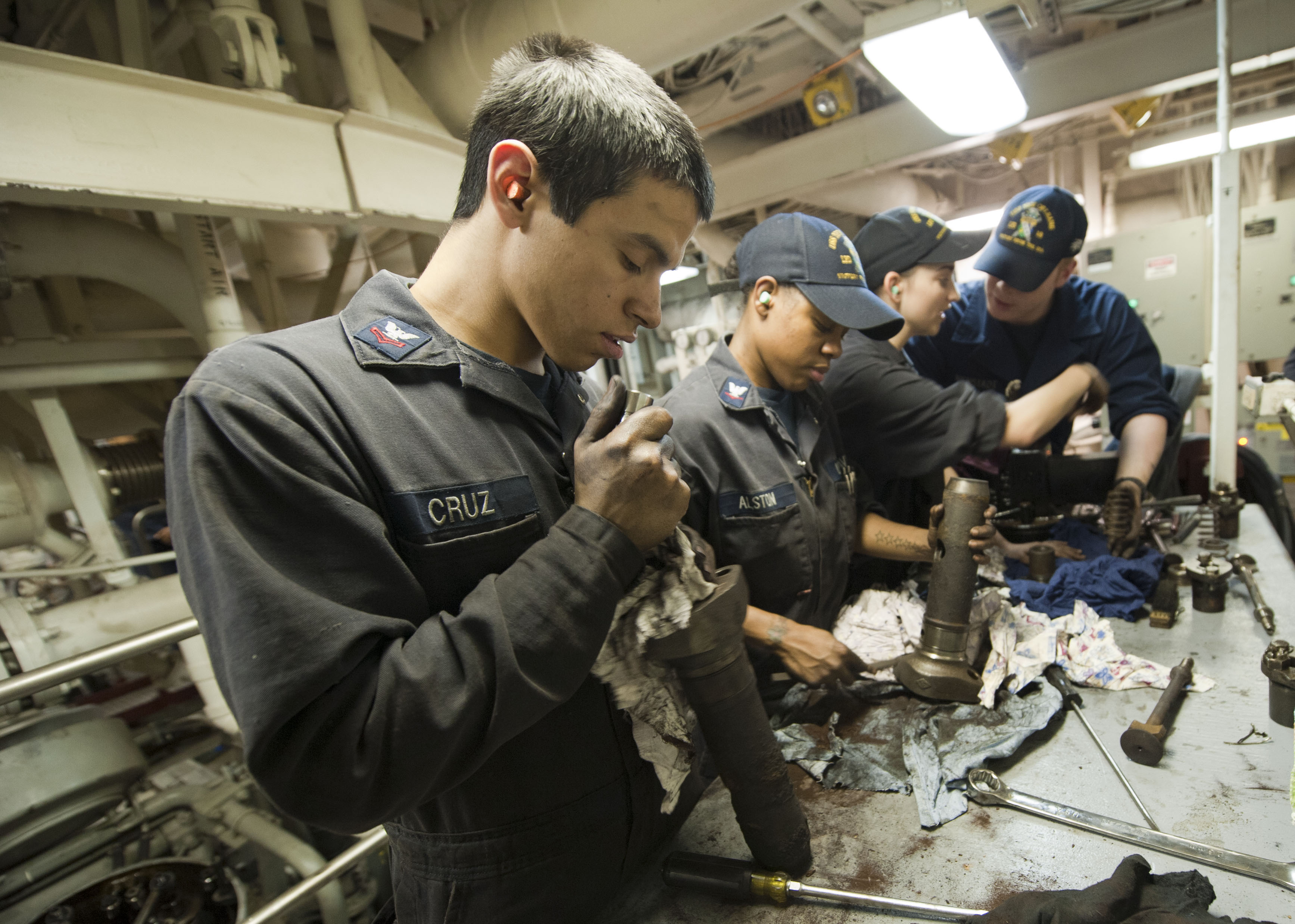
Typical Rotation
Sailors in specific jobs (or rates as the Navy refers to them) must adhere to a Sea/Shore rotation based on their rate.
The EN rate is one of the most sea-intensive rates in the US Navy.
During a twenty-year career in the Navy, an EN will spend about 65 percent of their career assigned to a ship, and 35 percent assigned to shore stations.
Throughout an ENs career, manning conditions at sea may require the need to request sea tour extensions or shore tour curtailments to ensure adequately manned sea billets.
Specifically, the Sea/Shore rotation for an EN is:
| Tour | Sea Tour | Shore Tour |
|---|---|---|
| First Tour | 55 Months | 36 Months |
| Second Tour | 60 Months | 36 Months |
| Third Tour | 48 Month | 36 Months |
| Fourth Tour | 48 Month | 36 Months |
| Fifth Tour | 36 Months | 36 Months |
| Sixth Tour | 36 Months | 36 Months |
| Seventh Tour | 36 Months | 36 Months |
Note that some overseas assignments count as sea tours.
Shipboard life and life on shore duty are drastically different. The Navy expects ENs, as they do all their sailors, to adapt and meet the challenges presented by these different environments.
Here are a few reviews we happened across on indeed.com from ex- and current Navy ENs:
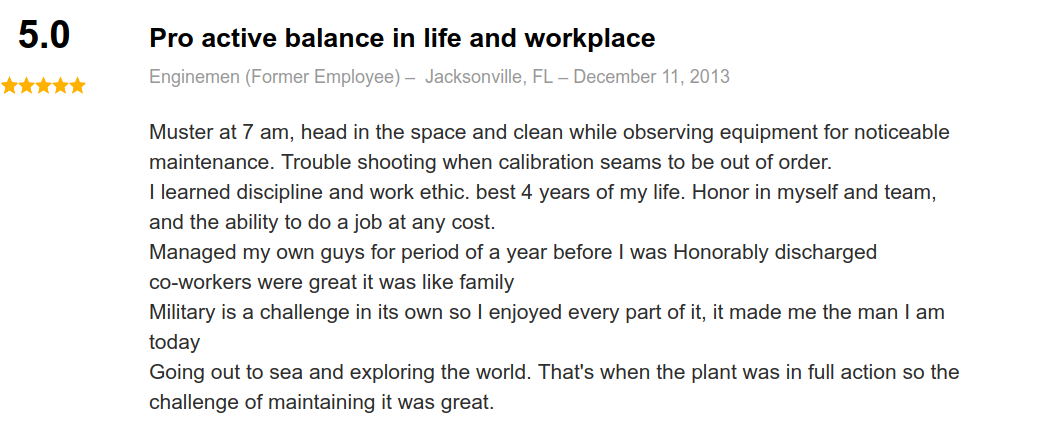



Also, advancement for an EN is excellent. The Navy Personnel Command reports that advancement is above the Navy average for E5 and below and E7 and above.
A Navy Engineman enjoys the same benefits that all Navy personnel do, such as the opportunity to travel the world, unlimited opportunities for learning and advancement, and control over their career.
Civilian Career Opportunities
Civilian career opportunities for Navy ENs abound. Just a few of these include:
- Automotive Electronics Technician
- Automotive Mechanic
- Certified Maintenance Technician
- Compressed Natural Gas Fuel System Inspector
- Diesel Truck Mechanic
- Electrical Generator Systems Journeyman Technician
- Electronic Controls Specialist
- Electronic Diesel Engine Diagnosis Specialist
- Fire Protection Technician
- Heating, Ventilation, and Air Conditioning (HVAC) Systems Technician
- Industrial Hydraulic Mechanic
- Journey Level Pipefitter/Steamfitter
- Mobile Hydraulic Mechanic
- Physical/Chemical Industrial Waste Operator
- Residential-Light Commercial HVAC Technician
- Steam/Motor/Gas Turbine Engine Assistant Engineer

Operation Military Kids considers Engineman among the top 10 Navy jobs for civilian life.
This is especially true if the sailor takes full advantage of on-the-job training (OJT), extra training opportunities, and educational opportunities offered and afforded them during their naval service.
Related Article – Dishonorable Discharge: Reasons, Consequences, And More
The United States Military Apprenticeship Program (USMAP) also allows ENs to complete their civilian apprenticeship requirements while on active duty.
According to cool.navy.mil, these apprenticeships include:
- Computer Operator
- Diesel Mechanic
- Hydroelectric-Machinery Mechanic (Utilities)
- Industrial Maintenance Mechanic
- Pumper-Gauger
- Refrigeration Mechanic
- Water-Treatment-Plant Operator
If you are considering the US Navy, not averse to hard work, enjoy working with engines, and are seeking adventure, Engineman might just be the rate for you.
References
Navy COOL Summary For Engineman (EN)
- Gas Turbine Systems Technician (GSM and GSE): Career Details - June 18, 2024
- Interior Communications Electrician (IC): 2023 Career Details - June 18, 2024
- Religious Program Specialist (RP): 2023 Career Details - June 18, 2024

